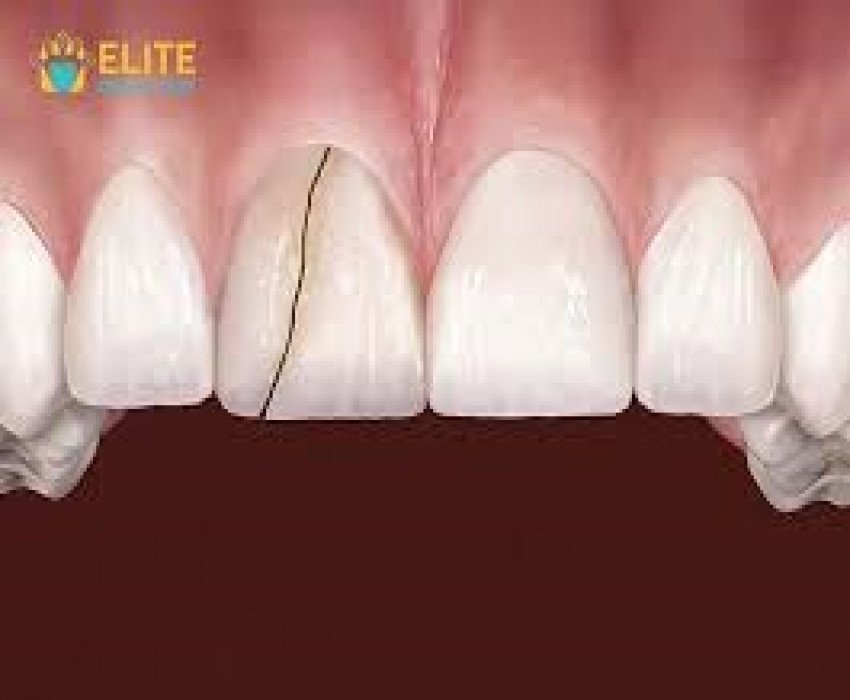• If this is not possible, or for other reasons when replantation of the avulsed tooth is not possible (e.g. an unconscious patient), place the tooth in a glass of milk or another suitable storage medium and bring with the patient to the emergency clinic. The tooth can also be transported in the mouth, keeping it inside the lip or cheek if the patient is conscious. If the patient is very young, he/she could swallow the tooth – therefor it is advisable to get the patient to spit in a container and place the tooth in it. Avoid storage in water!
• If there is access at the place of accident to special storage or transport media (e.g. tissue culture/transport medium, Hanks balanced storage medium (HBSS or saline) such media can preferably be used.
• Seek emergency dental treatment .
Treatment depends on the size of the crack, where it’s located, your symptoms, and whether the crack extends into the gum line. Depending on those factors, your dentist may recommend one of the following:
Bonding
In this procedure, your doctor uses a plastic resin to fill the crack, restoring its look and function.
Crown
A dental crown is a prosthetic device usually made of porcelain or ceramic. It fits over the damaged tooth or caps it.
To fit a crown, your dentist first shaves off some enamel from your tooth to make room for the crown in your mouth. They then make an impression of the tooth, pick out a color that matches your teeth, and send the impression off to a dental lab to make the crown.
This process may take a couple of weeks. When the crown returns, your dentist fits and cements it over your cracked tooth.
With advances in technology, some dentists can mill a porcelain crown right in the office and place it that day.
With proper care, a crown can last a lifetime.
Root canal
When a crack is so extensive it extends into the pulp, your dentist, or a specialist such as an oral surgeon or endodontist, will recommend a root canal to remove damaged pulp and restore some integrity to the tooth. This procedure can prevent the tooth from becoming infected or weakening further.
Extraction
When the structure of the tooth, and the nerves and roots that lie below it, are very damaged, removing the tooth maybe your only option.
No treatment
Many people have tiny, hairline cracks in the enamel of their teeth. If these cracks don’t affect appearance and don’t produce pain, your doctor may advise leaving them alone.
If you’re concerned about your cracked tooth and don’t already have a dentist, you can view doctors in your area through the Healthline FindCare tool.
Complications of a cracked tooth
Perhaps the biggest complication of a cracked tooth is an infection that can spread to the bone and gums. Some symptoms of a dental infection (also known as a tooth abscess) include:
- fever
- pain when chewing
- swollen gums
- sensitivity to heat and cold
- tender glands in the neck
- bad breath
Your dentist may try to drain pus from the infection and then prescribe an antibiotic to kill the bacteria.
While you can’t treat a cracked tooth at home, you can try to prevent one.
Strong teeth are less likely to crack, so be sure to practice good dental hygiene. Brush twice a day, floss daily, and visit your dentist every six months for preventive care.
Avoid chewing on hard foods’
3.Alveolar bone fractures are usually splinted using wiring techniques, such as arch bars, figure-eight and loop wiring, orthodontic bands, and acrylic or metallic cap splints. In case of luxation injuries, the outcome depends more on the duration of the splinting than on the type of splinting…


